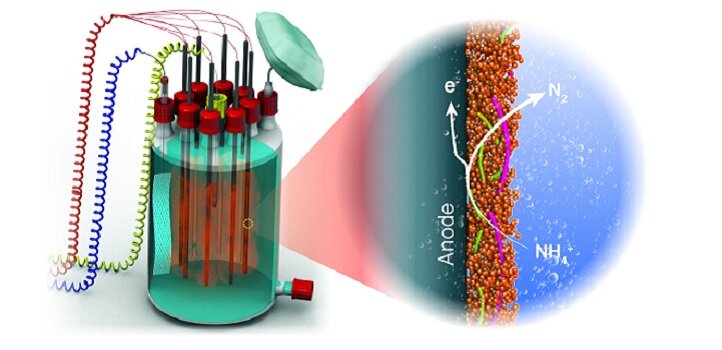Anammox bacteria generate energy from wastewater while taking a breath
Date: 29.6.2020
A type of anaerobic bacteria responsible for more than 50 percent of nitrogen loss from marine environments has been shown to use solid-state matter present outside their cells for respiration. The finding by KAUST researchers adds to knowledge of the global nitrogen cycle and has important energy-saving potential for wastewater treatment.
 Anammox are anaerobic bacteria found in oxygen-lacking marine and freshwater environments, such as sediments. They derive energy by using ammonium as their electron donor and intracellular soluble nitrite as the acceptor, with the release of nitrogen gas – or so scientists thought.
Anammox are anaerobic bacteria found in oxygen-lacking marine and freshwater environments, such as sediments. They derive energy by using ammonium as their electron donor and intracellular soluble nitrite as the acceptor, with the release of nitrogen gas – or so scientists thought.
"We found that freshwater and marine anammox bacteria can also transfer electrons from ammonium to extracellular electron acceptors, like graphene oxide or electrodes in microbial electrolysis cells," says Ph.D. student, Dario Shaw. This novel extracellular electron transfer by anammox bacteria had been conjectured by scientists for more than a decade, but had not been properly explored.
"Our findings are a breakthrough in the fields of microbial ecology, bioelectrochemistry and sustainable wastewater treatment," adds Shaw.
The new finding suggests that anammox alone could be used for ammonium removal, while also producing energy in the form of an electric current or energy-rich hydrogen gas in microbial electrolysis cells.























